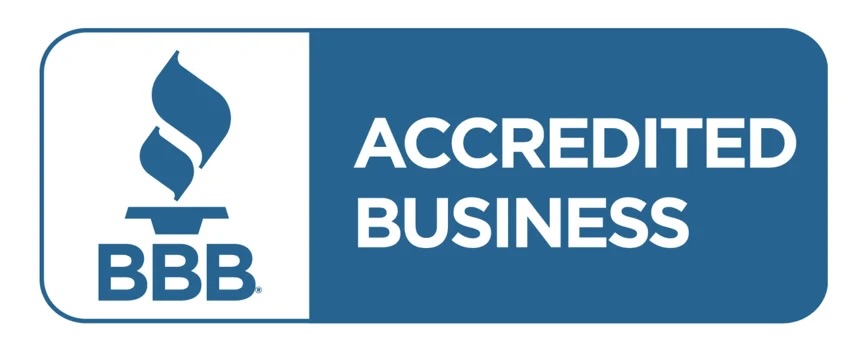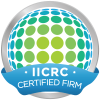Once mold remediation is complete, maintaining a mold-free environment is crucial. Post-remediation best practices help ensure that mold does not return and that your living space remains healthy. This article outlines essential steps to take after mold remediation.
Understanding the Importance of Post-Remediation Care
After a mold remediation process, it’s essential to monitor the affected areas closely. Mold can return if conditions are favorable, particularly in areas with previous moisture issues. Following best practices helps create a sustainable, mold-free environment.
Key Best Practices
1. Monitor Humidity Levels
Maintaining Ideal Humidity
Aim to keep indoor humidity levels between 30-50%. Use a hygrometer to measure humidity and consider using dehumidifiers in high-moisture areas like basements and bathrooms.
2. Regular Inspections
Routine Checks
Conduct regular mold inspections of areas that were previously affected by mold. Look for any signs of moisture or mold growth. Early detection is crucial to preventing recurrence.
3. Improve Ventilation
Enhancing Airflow
Ensure that your home is well-ventilated. Use exhaust fans in kitchens and bathrooms to help expel moisture. Opening windows and using ceiling fans can also improve air circulation.
4. Maintain Cleanliness
Regular Cleaning
Keep your home clean and dry. Regularly dust and vacuum to remove potential allergens. Pay special attention to areas where moisture tends to accumulate, such as around windows and in corners.
Preventing Future Mold Growth
5. Address Water Leaks Promptly
Immediate Repairs
Inspect your plumbing regularly for leaks and repair any issues immediately. Water leaks are a primary contributor to mold growth.
6. Use Mold-Resistant Products
Building Materials
When renovating or making repairs, consider using mold-resistant paints and materials. This includes drywall treated to resist moisture and mold.
7. Landscaping Considerations
Drainage Management
Ensure that the landscaping around your home directs water away from the foundation. Proper drainage reduces the risk of moisture infiltration.
Educating Household Members
Raising Awareness
Educate everyone in your household about the signs of mold growth and the importance of reporting any moisture issues immediately. Awareness can lead to quicker responses to potential problems.
Final Thoughts
Post-remediation best practices are essential for maintaining a healthy living environment. By monitoring humidity, conducting regular inspections, and addressing moisture issues promptly, you can significantly reduce the risk of mold recurrence. Investing time and effort into these practices will ensure a safe and comfortable home for you and your family.
Article 3: Legal and Insurance Considerations
Introduction
When dealing with mold issues in your home, understanding legal and insurance considerations is vital. Mold can lead to significant property damage and health risks, making it essential to know your rights and responsibilities. This article outlines key legal aspects and insurance considerations regarding mold.
Understanding Mold Liability
1. Property Owner Responsibilities
As a property owner, you have a legal obligation to maintain your property and provide a safe living environment. This includes addressing mold issues promptly. Failure to do so can lead to liability claims from tenants or visitors who may suffer health effects due to mold exposure.
2. Tenant Rights
If you are a tenant, your rights regarding mold may vary based on local laws and lease agreements. Generally, landlords are responsible for maintaining safe living conditions. If you discover mold, notify your landlord immediately. Document the issue and any correspondence for future reference.
Insurance Coverage for Mold Damage
1. Understanding Your Policy
Most homeowners’ insurance policies cover mold damage, but coverage can vary widely. It’s essential to review your policy and understand what is included:
- Water Damage Coverage: Many policies cover mold that results from sudden water damage, such as burst pipes.
- Exclusions: Policies often exclude mold resulting from neglect or failure to maintain the property. Be aware of specific exclusions in your policy.
2. Filing a Claim
If you discover mold damage, follow these steps to file a claim:
- Document the Damage: Take photos and write a detailed account of the damage. Include the date of discovery and any relevant information about how the damage occurred.
- Notify Your Insurance Company: Contact your insurer as soon as possible to report the issue. Provide them with your documentation.
- Get Professional Assessments: In some cases, the insurance company may require a professional assessment to verify the extent of the damage.
Legal Recourse for Mold Issues
1. Small Claims Court
If you face disputes with your landlord or a contractor regarding mold issues, you may consider small claims court. This is a viable option for disputes involving relatively small amounts of money, such as repair costs.
2. Mold-Related Lawsuits
In cases of significant mold damage or health impacts, it may be possible to pursue legal action. Consult with a legal professional to explore your options. Mold-related lawsuits can involve negligence claims against landlords or property owners who fail to address mold issues.
Preventative Measures
1. Regular Inspections
Conduct regular inspections of your property for signs of mold. Early detection and intervention can help prevent larger issues and potential legal complications.
2. Maintain Communication
If you’re a tenant, maintain open communication with your landlord regarding any moisture or mold concerns. Document all communications to create a clear record.
Understanding the legal and insurance considerations surrounding mold is crucial for homeowners and tenants alike. By being informed about your rights and responsibilities, you can better navigate the complexities of mold-related issues. Proactive measures, such as regular inspections and prompt reporting, can help protect your health and property.




